
1,500-Year-Old Roman Mosaic Unearthed in Mardin During “Anatolian Heritage” Operation
Authorities uncover hidden Late Roman mosaic buried beneath concrete slab in southeastern Türkiye
A spectacular 1,500-year-old floor mosaic depicting human and animal figures has been discovered in the Derik district of Mardin, southeastern Türkiye, during a smuggling operation code-named “Anatolian Heritage” (Anadolu Mirası).
The mosaic—spanning approximately 60 square meters and dating to the Late Roman period—was found two meters underground, buried beneath a thick concrete block deliberately placed to conceal it.
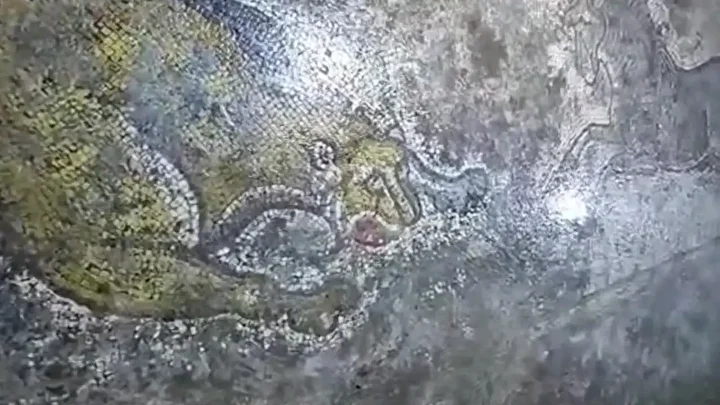
According to the Mardin Provincial Gendarmerie Command, the operation was conducted by the Anti-Smuggling and Organized Crime Division in coordination with the Derik District Gendarmerie. A suspect identified by the initials F.K. was taken into custody for attempting to sell the ancient floor mosaic to traffickers.
Experts from the Mardin Museum Directorate have confirmed the find’s remarkable preservation and intricate iconography. Preliminary analysis suggests that the mosaic adorned the floor of a Late Roman villa or public structure dating to the 5th–6th century CE.
📣 Our WhatsApp channel is now LIVE! Stay up-to-date with the latest news and updates, just click here to follow us on WhatsApp and never miss a thing!!
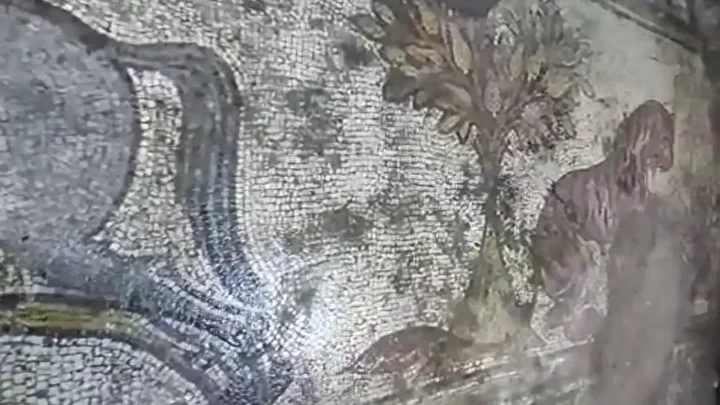
A cultural treasure concealed beneath modern structures
Archaeologists emphasize that mosaics of this size and complexity are rare in the region, offering insight into the urban and artistic life of Roman Mardin, known in antiquity as part of the province of Mesopotamia Secunda. The geometric patterns and figural motifs suggest influences from Antioch and Edessa (modern Şanlıurfa), major mosaic centers of Late Antiquity.
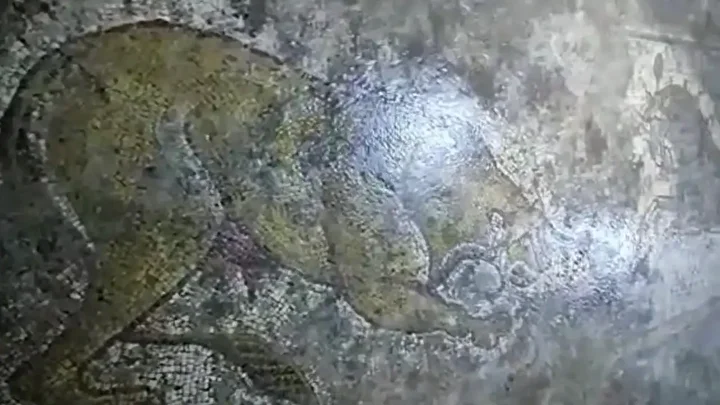
The mosaic has now been transferred to the Mardin Museum for conservation and study. Officials stated that its recovery not only prevents the illegal sale of cultural heritage artifacts but also adds to the growing archaeological record of southern Anatolia’s Roman presence.
Türkiye has intensified its efforts against illicit antiquities trafficking in recent years, with several coordinated operations—like “Anatolian Heritage”—leading to the recovery of mosaics, coins, and statues destined for the black market.
Cover Image: Mardin Provincial Gendarmerie Command
You may also like
- A 1700-year-old statue of Pan unearthed during the excavations at Polyeuktos in İstanbul
- The granary was found in the ancient city of Sebaste, founded by the first Roman emperor Augustus
- Donalar Kale Kapı Rock Tomb or Donalar Rock Tomb
- Theater emerges as works continue in ancient city of Perinthos
- Urartian King Argishti’s bronze shield revealed the name of an unknown country
- The religious center of Lycia, the ancient city of Letoon
- Who were the Luwians?
- A new study brings a fresh perspective on the Anatolian origin of the Indo-European languages
- Perhaps the oldest thermal treatment center in the world, which has been in continuous use for 2000 years -Basilica Therma Roman Bath or King’s Daughter-
- The largest synagogue of the ancient world, located in the ancient city of Sardis, is being restored

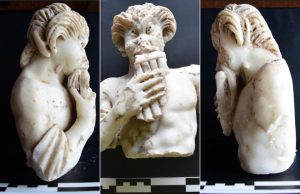
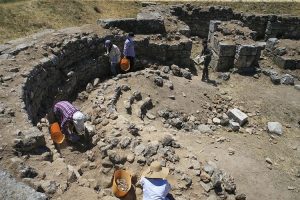
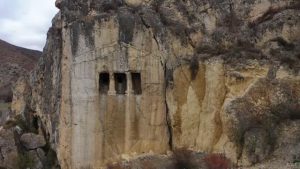
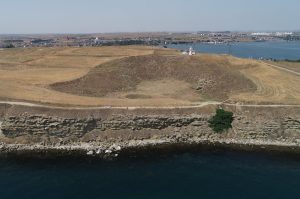
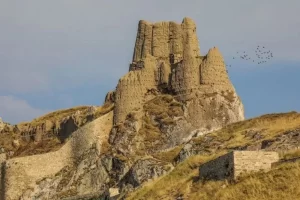
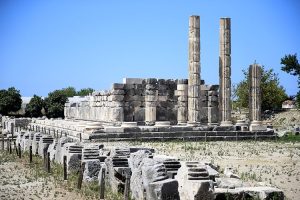


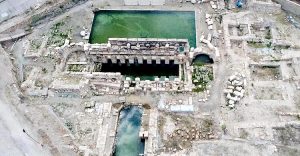
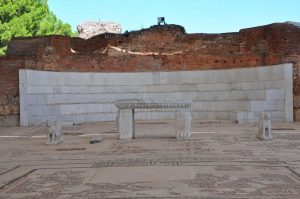
Leave a Reply